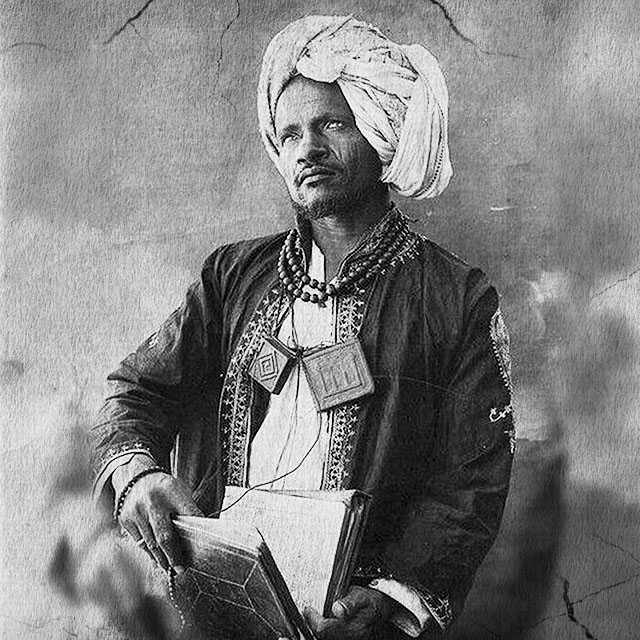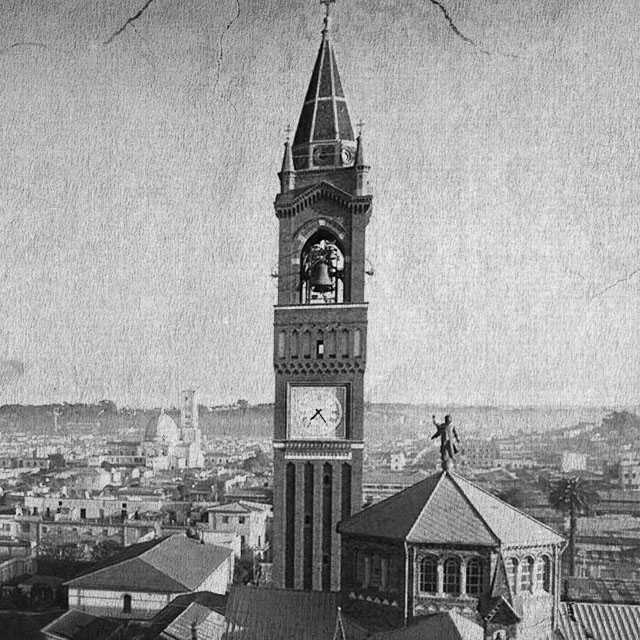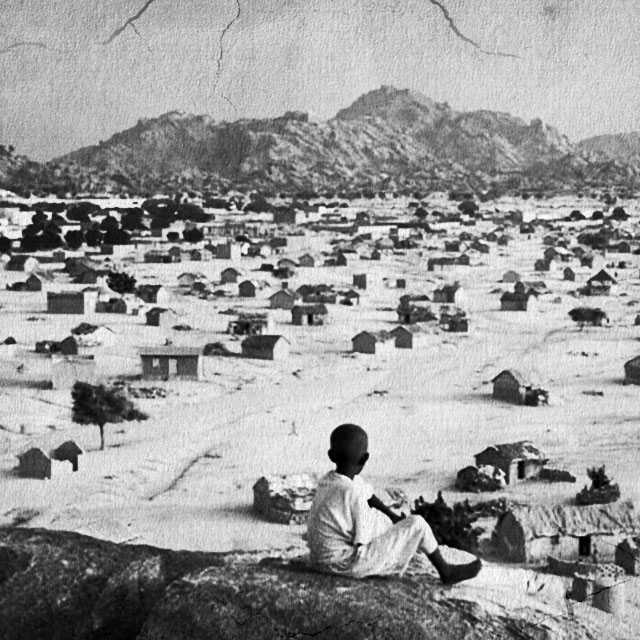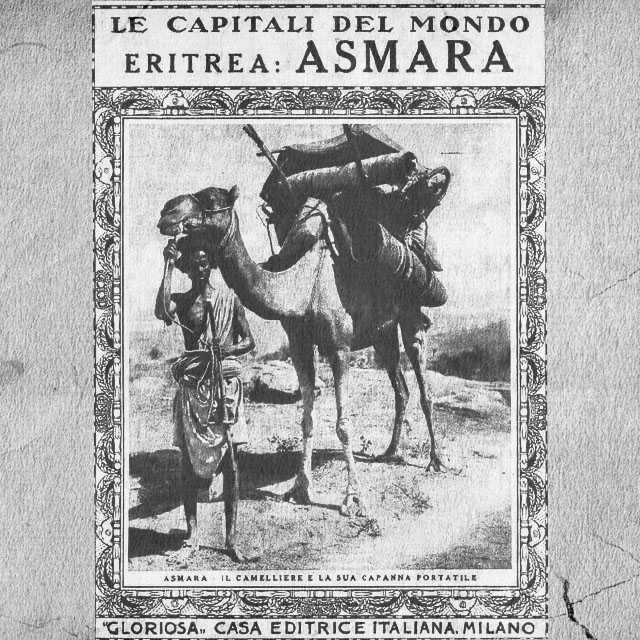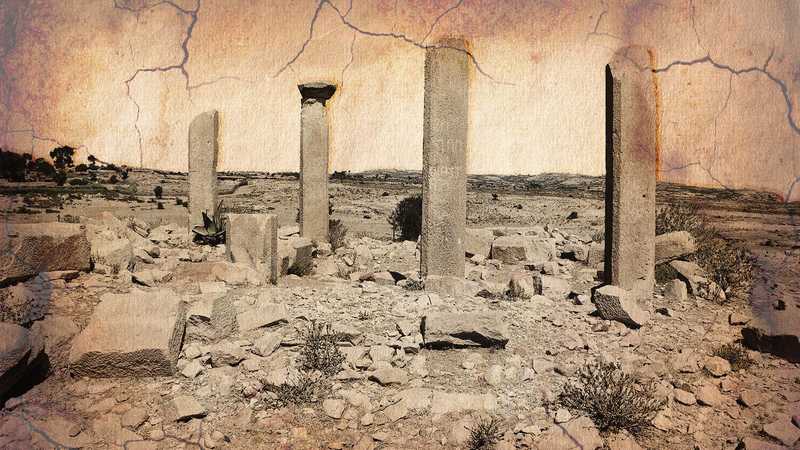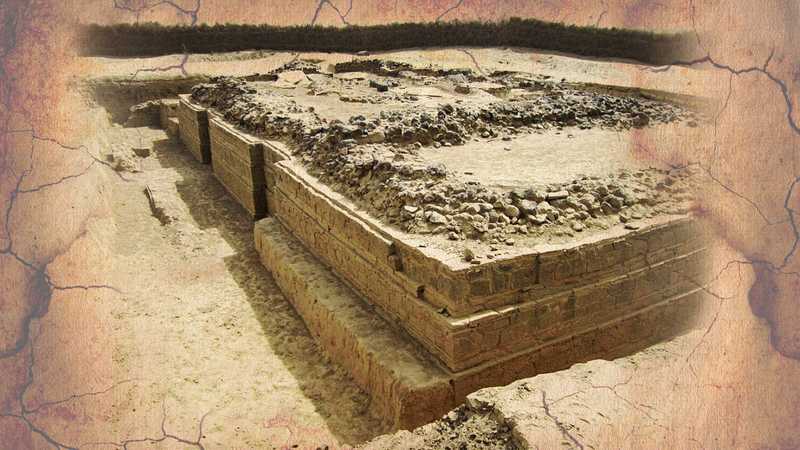The Ottomans arrived in mid 16th century and occupied the the coastal areas developing the harbor city of Massawa. The kingdom of Medri Bahri, centered at Debarwa, was squeezed between the two empires, the Abyssinian to the south and southwest while the Ottomans from the east and northeast. Alliances of Medri Bahri would constantly switch between the empires, aligning itself with either side during clashes, including when fighting back the invasions of the Adal king Mohammad Gragn/Gurey from the southeast.
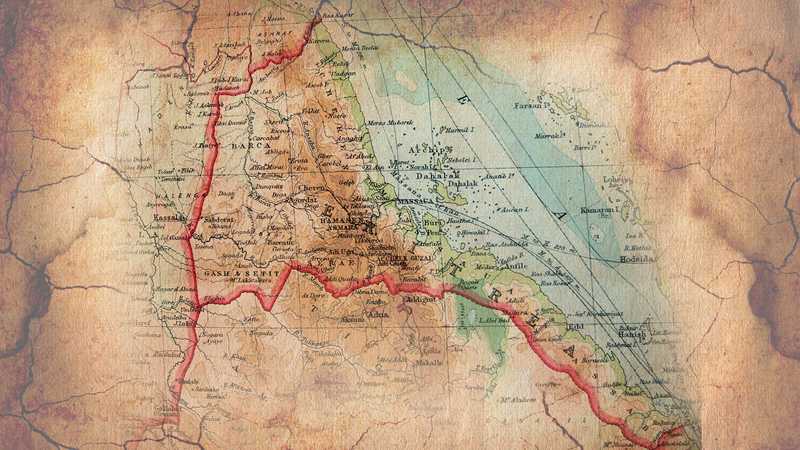 Italian colonial map of Eritrea
Italian colonial map of Eritrea
The capital of Medri Bahri, also known now as Mereb Mellash (land bordered by the Mereb River) eventually moved to the rising power of the house of Tsazzegga, in the central highlands of modern Eritrea. The relationship with the Abyssinian Empire (alliance, rebellion or tributary) continued to change from time to time, just as within the Empire itself where kingdoms started to vie to usurp the crown and move the throne away from Gonder, where it was historically seated. The power of the emperor of Abyssinia became nominal with more powerful princes and warlords rising in the Age of Princes (ዘመነ መሳፍንት) where many brutal raids and pillaging occurred in Mereb Mellash.
[The Ottomans appointed the Naib of Massawa to rule over the coastal areas of modern Eritrea. In the mid-19th century, the Ottomans assigned most of their empire on the Red Sea to their autonomous tributary, the Khedive of Egypt. The Egyptians made many attempts to control Mereb Mellash which were unsuccessful.
As the emperorship moved from Gondar (Tewodros II) to Tigray (Yohannes IV) to Showa (Menelik II), Mereb Mellash was being raided from both the sea by Ottoman Egypt and land by Abyssinia. Yohannes fought the Egyptians in several battles, even defeating them in some, but he couldn’t dislodge them from the northern highlands of Bogos (currently in the area around the city of Keren) nor the coastal lowlands to the east. He also could not fully control the rebellious house of Hazzega which sought to rule Mereb Mellash. Raesi Woldemichael Solomon led the rebellion.
The Scramble for Africa brought European colonial interest in Africa with the opening of the Suez Canal, bringing more attention to the coastal lands of Mereb Mellash. Italy bought a piece of land in Assab, the southern extreme of modern Eritrea, and started expanding northward. It reached Massawa with the decline of the power of the Khedive of Egypt. With Yohannes IV’s demise in a battle with the Sudanese Mahdists at Metema, they took advantage of the vacuum and expanded to the interior taking more land from local chiefs, imprisoning many in the Nakura Islands and killing many in the process. Degiat Bahta Hagos of Segeneiti led a rebellion against the Italians unsuccessfully.
Menelik II, the new emperor of Ethiopia, stopped further Italian expansion into his territories using treaties and by waging war against them in several battles, the significant of which was the Battle of Adwa](/battle-of-adwa/). He signed treaties with them agreeing to terms that outlined territories occupied by the Italians would remain as their colony which included modern Eritrea’s coastal plains, central and northern highlands and western lowlands bordering Sudan. Mereb Mellash would be included in the new colony.
Italy declared the establishment of the Colony of Eritrea on January 1, 1890.
~~
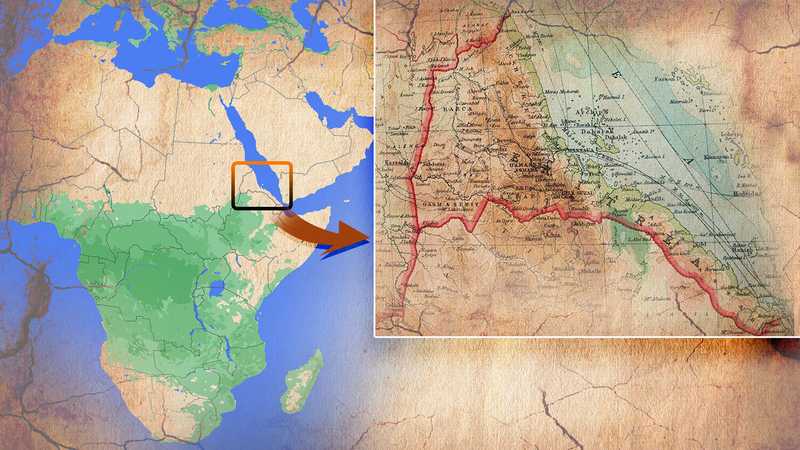 Eritrea, in the Horn of Africa by the Red Sea and Arabian Peninsula
Eritrea, in the Horn of Africa by the Red Sea and Arabian Peninsula
